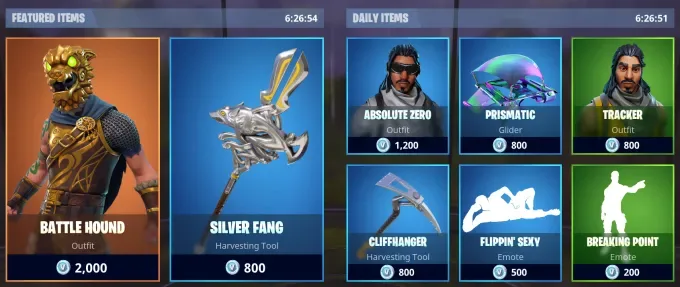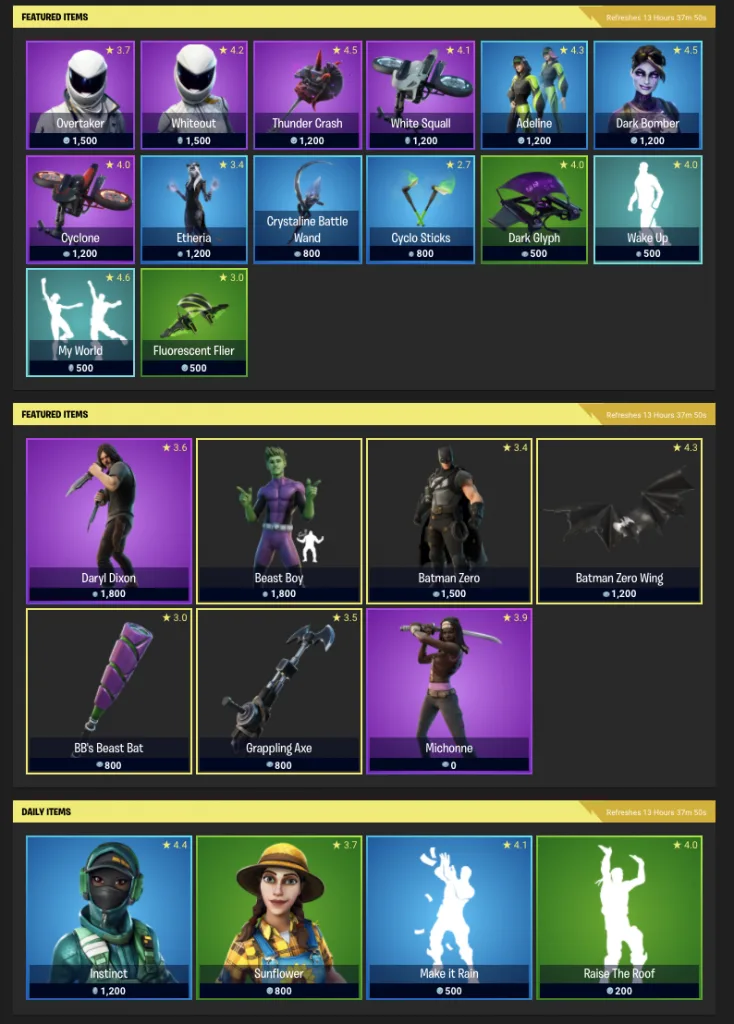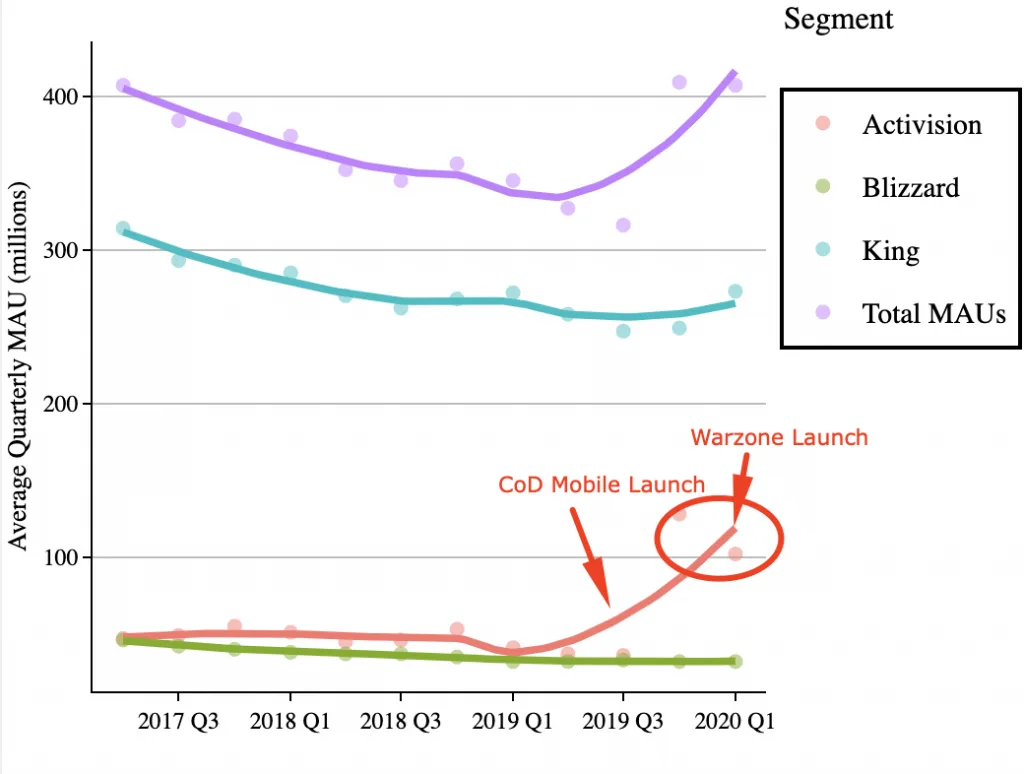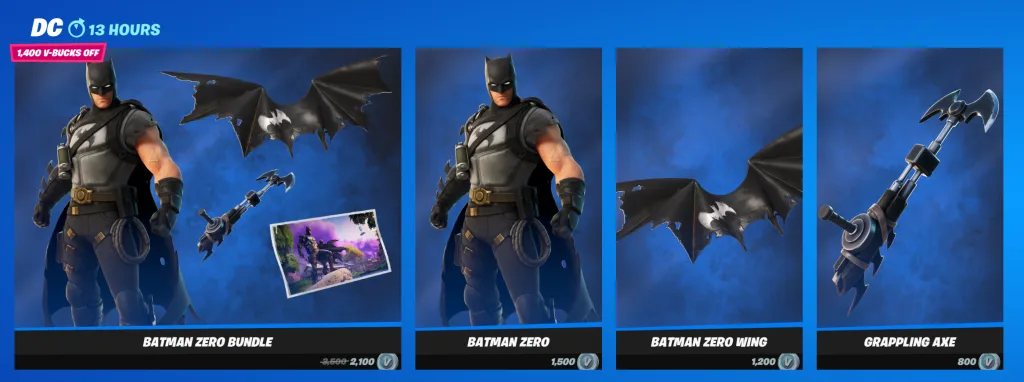Battle Pass Who? We’ve Got Direct Stores
One revelation of the Apple v. Epic case is that 67% of revenue is from the Item Shop.
26% of all money made in Fortnite is from the Battle Pass, 67% is from the Item Shop, and 7% is from Real Money Bundles.
— iFireMonkey (@iFireMonkey) May 3, 2021
If true, this is more evidence that revenue ties to ADMC. Let’s revisit the ADMC table:
| Game | ADMC | Total Cap | Entry Cost | Tiers | Tier Cost | Pass Length |
|---|---|---|---|---|---|---|
| Fortnite | $1.90 | $160 | $10 | 100 | $1.50 | 84 Days |
At Fortnite’s launch, the rotating store consisted of eight items.

If we add all item prices over seven day period, the total monetization cap clocks in at $334. This results in an ADMC of $47.71 compared to Battle Passes $1.90. A whopping 2511% increase!
| Weekly Items Price | Day One Rotating Items Price | D2 | D3 | D4 | D5 | D6 | D7 | One Week |
|---|---|---|---|---|---|---|---|---|
| 2500 | 1200 | 1200 | 1200 | 1200 | 1200 | 1200 | 1200 | |
| 800 | 800 | 800 | 800 | 800 | 800 | 800 | 800 | |
| 800 | 800 | 800 | 800 | 800 | 800 | 800 | ||
| 500 | 500 | 500 | 500 | 500 | 500 | 500 | ||
| 200 | 200 | 200 | 200 | 200 | 200 | 200 | ||
| $33 | $43 | $43 | $43 | $43 | $43 | $43 | $43 | $334 |
This has only grown — the store has added 22 new slots for a total of 30. Today, ADMC is north of $300.

Call of Duty: Warzone first employed a high item carry with 15 bundles available at any given time. However, content is not sold individually but only in 4-10 item bundles. This results in higher ADMC via a higher average transaction price.

And it’s Warzone, along with CoD Mobile, that’s transformed ATVI’s growth. To be sure, explosive player numbers are the growth driver, but higher revenue per player hasn’t hurt.
AVTI MAU by Segment

Fortnite has followed suit and regularly offers both in-game bundle SKUs as well as first-party bundle SKUs.


Direct stores are the unsung heroes of the Battle Pass model, but many features remain underdeveloped. Why are items rotated rather than continually added to the store? A large store means a large ADMC. I’ve heard two bad arguments for rotating rather than expanding stores: time pressure and UX costs. On Twitter, I explained my frustrations with the time pressure argument.
Arguing "time pressure" as a justification for a rotating store isn't just poor reasoning, it's lazy.
— Mario, Markets, and Microtransactions (@econosopher) May 8, 2021
The reasons physical retailers run time-limited promotions are not applicable to games. Stores run price promotions to clear inventory or as a “loss leader” to drive store traffic. There’s no virtual stock in games and every time a player opens the game they also are opening the store. If time pressure is a net revenue positive, why not make the game itself available on a limited-time basis? Proponents of a direct store need to make a better case for such a big feature.
UX concerns from running a much larger storefront are reasonable. But there are lots of blueprints: e-commerce retailers, Netflix, Spotify, Roblox… These content discovery portals spend billions testing and refining scalable UX. Why not copy? To be sure, UX costs for large stores are higher than for rotating/small stores. But it’s not enough to outpace the gains in ADMC.
If direct stores account for 66% of revenue they deserve 66% of our attention. It’s clear we have a ways to go!